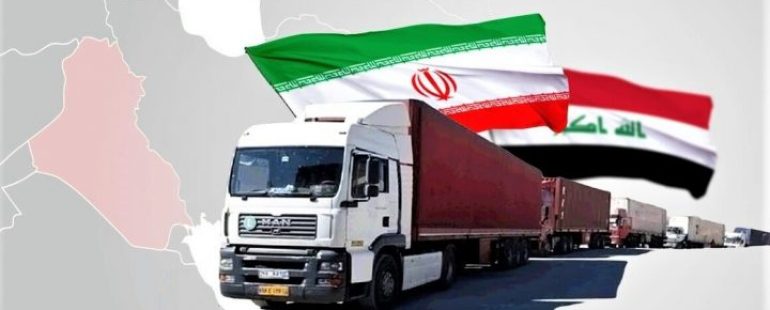
Exporting to Iraq through Iran is one of the significant and strategic issues in the economic relations between the two countries. Due to their proximity and strong cultural, historical, and economic ties, Iran and Iraq share a close relationship. The following examines various aspects of this subject:
1. Geographical and Economic Characteristics
Iran and Iraq are neighboring countries with shared borders, a factor that facilitates trade exchanges. Iraq is recognized as one of the largest markets in the Middle East for Iranian goods.
2. Export Items
Iran exports a variety of goods to Iraq, including:
– Industrial Products: such as household appliances, electronics, and machinery.
– Agricultural Products: including fruits, vegetables, grains, and legumes.
– Food Products: encompassing various canned goods, beverages, and confectioneries.
– Construction Materials: such as cement and other building materials.
– Medical and Pharmaceutical Products: including medical equipment, pharmaceuticals, and hygiene products.
3. Trade Channels
Exporting to Iraq is facilitated through several routes:
– Land Borders: particularly via the Salmiche, Khosrovi, and Mehran borders, where a substantial volume of goods is transported daily by land.
– Sea Transportation: given Iraq’s access to the sea, some goods are shipped via ports using maritime transport.
– Air Transportation: for sensitive and high-value items, air transport using airplanes and cargo services is employed.
4. Challenges and Problems
This trade relationship faces several challenges:
– Sanctions: international sanctions against Iran can have a negative impact on exports.
– Security Issues: instability in certain regions of Iraq may obstruct trade.
– Competition from Other Countries: nations such as Turkey and Saudi Arabia are also active in the Iraqi market, thereby intensifying competition.
5. Agreements and Policies
Both countries have signed various agreements and memoranda of understanding aimed at strengthening their economic ties, facilitating trade, and promoting cooperation in diverse economic, cultural, and social sectors.
6. The Future of Exports to Iraq
Considering the existing capacities and Iraq’s demand for a range of goods, the future of Iran’s exports to Iraq appears promising. Should the two countries reach political and security agreements and maintain stability, this trade relationship is likely to expand further.
Overall, exporting to Iraq through Iran presents a valuable opportunity for Iranian traders and exporters and can contribute significantly to the development of bilateral relations.

Comments (No Responses )
No comments yet.